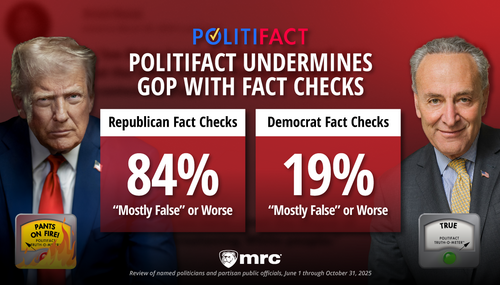New York Times Public Editor Liz Spayd, who takes claims of liberal bias more seriously than her predecessors, might be annoying more of her liberal media colleagues with her latest Sunday Review entry, under a studiously unprovocative headline: “One Thing Voters Agree On: Better Coverage Needed," on how the paper blew its pre-election coverage and was left in shock at Donald Trump's victory.
Spayd stressed "....I found myself wishing someone from the newsroom was on the line with me, especially to hear how many of the more liberal voters wanted more balanced coverage. Not an echo chamber of liberal intellectualism, but an honest reflection of reality."
There is a group of 10 friends in Charlotte, N.C., all women, all in their 50s, all white. They’re college educated with successful careers, and they have a message for The New York Times: Come visit us.
They voted for Donald Trump and don’t consider themselves homophobic, racist or anti-Muslim. But now, they say, thanks to The Times and its fixation on Trump’s most extreme supporters, most people think they are. They would like a chance to show otherwise, and one of them, Cindy Capwell, wrote my office to extend the invitation.
Capwell and others have complaints about the paper’s cover of the election: “The number of complaints coming into the public editor’s office is five times the normal level, and the pace has only just recently tapered off.”
Spayd got specific.
Readers complain heatedly and repeatedly about the forecasting odometer from The Upshot that was anchored on the home page and predicted that Hillary Clinton had an 80 percent chance or better of winning. They complain that The Times’s attempt to tap the sentiments of Trump supporters was lacking. And they complain about the liberal tint The Times applies to its coverage, without awareness that it does.
Few could deny that if Trump’s more moderate supporters are feeling bruised right now, the blame lies partly with their candidate and his penchant for inflammatory rhetoric. But the media is at fault too, for turning his remarks into a grim caricature that it applied to those who backed him. What struck me is how many liberal voters I spoke with felt so, too. They were Clinton backers, but, they want a news source that fairly covers people across the spectrum.
Horst Gudemann of Jackson, Wyo., says he doesn’t want to be spoon-fed opinions that The Times thinks he should have, and he doesn’t want his primary news source to stereotype half the country as racists. “We shouldn’t judge Black Lives Matters by its most extremist members, and we shouldn’t judge Trump followers by theirs,” Gudemann told me.
....
That left many of the readers I spoke with feeling like The Times was a swirl of like-mindedness. Gudemann and other readers said The Times’s liberalism sounds the loudest the closer you get to the Opinion section, perhaps not surprisingly. Still, too many of the voices, of both the regular columnists and even guest writers, are from people with similar views.
Spayd tackled the Times’s executive editor, Dean Baquet, and its publisher, Arthur Sulzberger Jr., for their unusual post-election letter to subscribers, meant “to assure readers there was some self-reflection going on in the newsroom about its coverage.”
I suspect that gesture soothed some readers, but many others were expecting more of an apology. And some were repelled by what they described as a self-congratulatory tone and what several viewed as a lack of sincerity.
Describing her conversations with disgruntled readers, Spayd stressed:
....I found myself wishing someone from the newsroom was on the line with me, especially to hear how many of the more liberal voters wanted more balanced coverage. Not an echo chamber of liberal intellectualism, but an honest reflection of reality.
....
Capwell and her husband considered canceling their subscription to The Times, but they’re holding off for now. “We’ll give The Times a chance,” she said. “I hope you guys will give people like us a chance too. It’s time to lay down our arms.”




